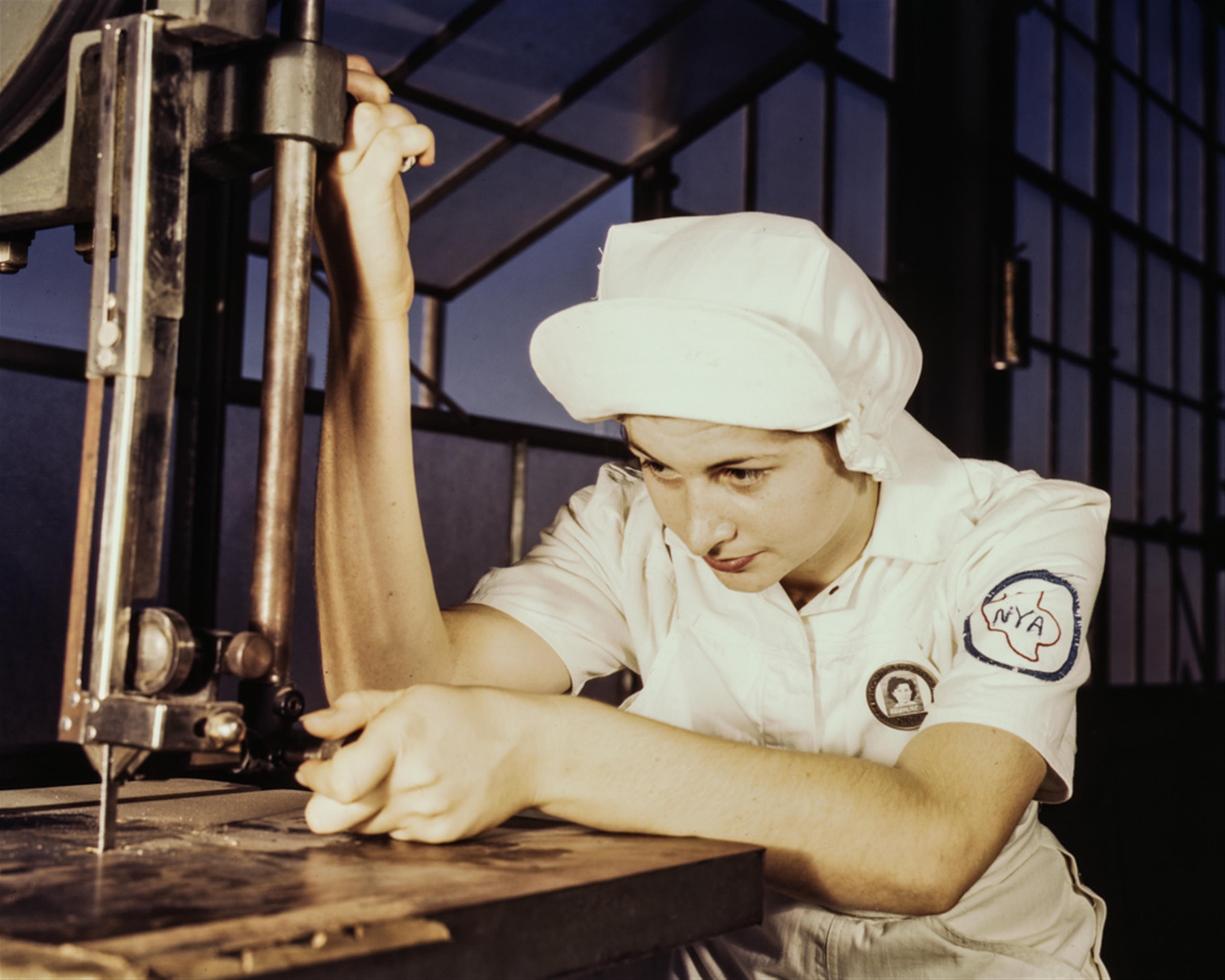
Some might say that the manufacturing industry is facing a perfect storm in terms of workforce instability:
• an ageing workforce putting valuable tribal knowledge at risk
• a widening skills gap fuelled by a talent shortage, combined with increasing complexity on the shop floor
• on-demand customers wanting more varied, custom products faster
Ageing workforce and widening skills gap
US manufacturing alone expects 2.7 million baby boomer retirements by 2025. The loss of knowledge and expertise due to the retirement of a large proportion of the workforce is combined with the decline of technical educational programmes in schools and the ‘unattractive’ image of the manufacturing industry among younger generations. This leads to the estimate that nearly two-thirds of the vacated positions in manufacturing will remain unfilled1.
While many envision the shop floor of the future as ‘human-less’ due to the advancement of automation and AI, the above numbers suggest that the near-future reality in factories might indeed be human-less because of the growing skills gap and talent shortage.
That raises serious concerns about manufacturers’ ability to meet customer demand, increase productivity and leverage new technologies, innovate and create new products and grow internationally.

The Skills Gap in US Manufacturing: 2015-2025 Outlook (2015) Deloitte Consulting LLP and The Manufacturing Institute
It’s not all doom and gloom!
However, those are still just speculations about the future of the industry, not the certain, unavoidable future itself. If manufacturers choose to act on the rapidly evolving landscape now, they can overvcome the threats posed by the combination of an ageing workforce, talent shortage, skills gap and complex Industrial Digital Technologies (IDTs). A shoop floor of agility, efficiency, quality and sustainability is within scope.
The advancement of digital tech along with the knowledge of the extant workforce and the tech-saviness of the next generation of workers present manufacturers with the opportunity to up-skill and re-organise a more flexible, productive and engaged workforce.
So, what are the steps that manufacturers can take today to realise the opportunity?
Standardize work and digitize it
The responsibilities of operators on the shop floor are evolving from developing narrow expertise towards a cross-functional, multi-tasking role. Increasingly, operators are expected to switch between production lines, operate different machines and manufacture a high-mix of products often all in one shift. That is challenging for both new joiners and more experienced workers on the shop floor.
Without standard work instructions, it is very difficult to efficiently absorb people into new procedures in a way that ensures quality, productivity and safety. Standard work not only helps to ensure consistent execution standards but also enables accurate measurement of operations across production lines and facilitates on-boarding.
Digital tech can help to increase the adoption of and adherence to standard work. An operator, for instance, might want to check the set-up Standard Operating Procedure (SOP) for the vacuum chamber machine. Consulting a paperbased handbook, for example, would mean causing a minor stop to spend unproductive time sifting through it to find the specific SOP.
Compare that to a set of videos demonstrating step-by-step the one best way to perform the task – they can be played on a workstation screen or on operators’ wearable devices. Similarly, an audio recording can guide the operator through the required steps in real time, helping to drive quality and productivity without disrupting work.
Prevent knowledge loss!
If manufacturers let the retiring generation leave without having recorded their expertise, they will have the difficult task of re-inventing best practices while trying to keep pace with tech advancements and employee churn.
Manufacturers need to adopt a quick, systematised approach to capturing and maintaining the knowledge of their workforce – from process engineers to operators – so it can be passed on to the next generation of workers in an accessible, standardized format.
While the digitization of organisational knowledge tends to be associated with complex and costly legacy systems, it doesn’t need to be. With modern mobile, social, multi-media collaboration, capturing the nitty gritty details of operational knowledge is no longer difficult!
A senior operator, for example, can record a step by step video on how to fix a specific part of the packaging machine with greater efficiency. Approved by management, the one point lesson can be used by other operators encountering the same issue – they can quickly search for the video on the workstation tablet and implement the fix within minutes.
Transform training!
94% of manufacturing executives point to internal employee training and development as the most effective skilled production workforce development strategy. However, traditional training strategies are typically either costly (classroom, face-to-face training that happens away from the job) or ineffective (static content in lengthy handbooks or unresponsive e-learning modules).
The next generation of workers is one of ‘digital natives’ accustomed to consuming visual, bite-sized content. By transforming training into a digital, multi-media experience, manufacturers can increase engagement and knoweldge retention, eliminate unnecessary training and reduce training costs.
That is the difference between:
– requiring workers to read a 20-page document and take a quiz (that they could easily pass with guesswork without even reading the training content) every six months
and
– providing workers with digital, visual training content – videos, infographics, mixed-type quiz questions – that they can easily consult at any point after training’s been completed.
Empower frontline teams for
Industry 4.0 with Zaptic
{{cta(‘9bc9a1b0-65e5-46ac-a045-744dbe2443fc’,’justifycenter’)}}












